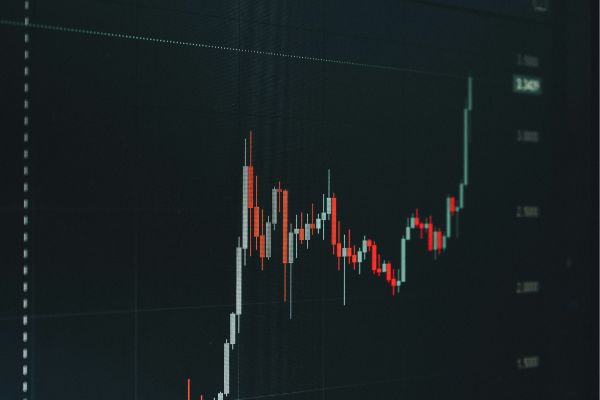Products linked to strategy and custom indices have long been a niche but important part of the retail structured products market. Although equity underlyings (such as benchmark indices or baskets of individual stocks) remain dominant globally, strategy indices provide diversification by combining equities with other asset classes through algorithmic and rules-based approaches. This makes them distinct from passive benchmarks but more suited to structured products than active fund management.
Over the past decade custom indices have grown significantly as a means of delivering systematic strategy exposure. Exchange-traded funds could in principle provide access to similar strategies, but in practice ETFs are more commonly used to track major benchmarks or sectors, or to be used as building blocks in these types of strategies.
This article will focus on two custom indices, the Morgan Stanley MAP Trend index and the Barclays Trailblazer Index. These index series are both popular in US structured products markets and are designed to use portfolio allocation to maximise returns for a given risk profile. The Morgan Stanley MAP Trend index is made up of a portfolio of US listed ETFs and a 2-year US treasuries index. The ETFs include exposure to global equities, fixed income, gold, oil and REITs. The index applies a momentum style approach to determine trends using the short term and long-term historical volatility of each component. Asset weighting is then proportional to its recent price trend subject to a maximum allocation.
There are alternative versions of this index that vary the target volatility of the strategy such as the Morgan Stanley MAP Trend 6% Vol Index and the Morgan Stanley MAP Trend 8% Index.
The Barclays Trailblazer Index similarly uses ETFs to construct its portfolio. The index constituents are taken from a universe of eleven equity ETFs which cover sectors of the US equity market and three bond ETFs. This index uses a modern portfolio optimisation methodology to determine the expected optimal portfolio for a given day given the risk level.
The index will rebalance if the optimal portfolio differs by 10% or more from the current index portfolio.
These indices share certain characteristics. In both cases the main version of the index has a target volatility of 5%. They are excess return indices with returns calculated less SOFR + 0.26%. The annual index fees are set at 0.85%.
Both indices have daily rebalancing which means they can adapt to market changes quicklyand they diversify over sectors or markets to generate growth based on a defined risk level.

Source LSEG/morganstanley.com
The chart shows the performance of these indices over the past 10 years. As expected with low volatility underlyings the performance has not been as strong in comparison to the US equity benchmark, the S&P 500 index. The two custom indices show similar performance over the period and the level generally lies between the equity and bond underlyings shown.
In Figure 2 The indices are shown to have a high correlation of 90%. The MAP Trend index has a higher correlation to the S&P 500 than the Barclays index which is surprising considering this index has global exposure rather than solely US equity. The MAP Trend Index currently has a one-year historic volatility level of 6.19% compared to 5.12% for the Trailblazer. Higher exposure to equity markets is driving the higher volatility and correlation to S&P 500 index whereas the Barclays Trailblazer has a slightly higher correlation to the bond ETF.
| S&P-500 Index | Barclays Trailblazer Sectors 5 Index | Morgan Stanley MAP Trend Index | iShares 20+ Year Treasury Bond Fund | |
| S&P-500 Index | 1 | 0.58 | 0.72 | -0.06 |
| Barclays Trailblazer Sectors 5 Index | 0.58 | 1 | 0.9 | 0.57 |
| Morgan Stanley MAP Trend Index | 0.72 | 0.9 | 1 | 1 |
| iShares 20+ Year Treasury Bond Fund | -0.06 | 0.57 | 0.5 | 1 |
Source LSEG/morganstanley.com
Of the structured products linked to these indices almost all are capital protected. This is a common use of custom indices pairing such an underlying with a low-risk payoff and using the low volatility to achieve attractive terms. Product shapes include leveraged and autocall, both familiar and popular structures.
The success of custom indices arises from several factors. They provide diversification away from standard market capitalisation indices such as the S&P 500, Russell 2000, Nasdaq 100, EuroStoxx, and Nikkei. Although rules-based, they retain the appeal of actively managed and academically grounded strategies popular with investors. Most also employ volatility control, typically targeting five to nine percent annually. This allows for the issuance of capital-protected products such as the US Certificates of Deposit, which is particularly difficult in low-interest rate environments.
Tags: Structured EdgeImage courtesy of: Arthur A / unsplash.com








